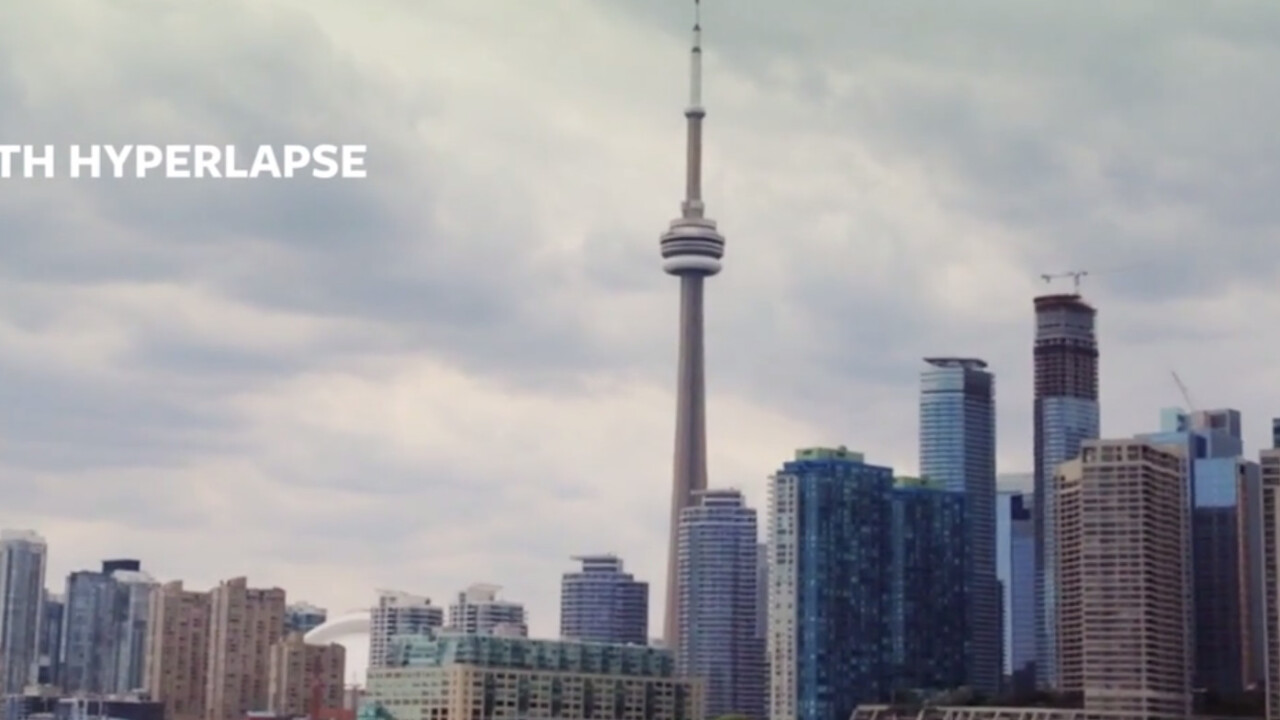
A day after launching Hyperlapse, a nifty app for creating moving timelapse videos, Instagram has published an explanation of the image stabilization technology behind it.
Previously, making compelling hyperlapse videos was a time-consuming, and often expensive, process. Microsoft recently outlined its own research on stabilizing timelapse videos.
The image stabilization feature in Hyperlapse is called Cinema. Facebook first introduced it last year in the main Instagram app. Cinema tracks the gyroscope readings from your phone in order to cancel out the shakiness of your hands.
Once Hyperlapse has processed the amount of motion in the recording, it crops the video to a stable section that fits within the frame for the length of the clip. Instagram’s experience with video and photo filters allows it to preview the results in real-time.
Hyperlapse also tailors the zoom and stabilization amounts to the speed that you choose. The Cinema algorithm only computes for frames that are included at the playback rate. Instagram added a fancy bit of computation to swap in newly calculated frames on the fly as you toggle the slider to different speeds.
Instagram has managed to make a complicated process look effortless with Hyperlapse. Hit up the link below if you’re interested in more details.
➤ The Technology behind Hyperlapse from Instagram [Instagram Engineering]
Get the TNW newsletter
Get the most important tech news in your inbox each week.





